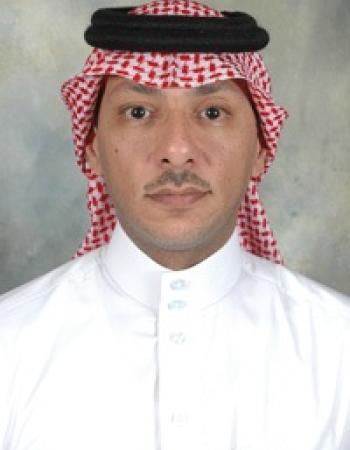The genetic map of goldfish (Carassius auratus) provided insights to the divergent genome evolutions in the Cyprinidae family
Sun1, You-Yi Kuang1,*, Xian-Hu Zheng1,*, Chun-Yan Li2,3, Xiao-Min Li2, Ding-Chen Cao1, Guang-Xiang Tong1, Wei-Hua Lv1, Wei Xu1, Yi Zhou4, Xiao-Feng Zhang1, Zhi-Peng Sun1, Shahid Mahboob5, Khalid A. Al-Ghanim5, Jiong-Tang Li2 & Xiao-Wen . 2016
A high-density linkage map of goldfish (Carassius auratus) was constructed using RNA-sequencing.
This map consists of 50 linkage groups with 8,521 SNP markers and an average resolution of 0.62 cM.
Approximately 84% of markers are in protein-coding genes orthologous to zebrafish proteins. We
performed comparative genome analysis between zebrafish and medaka, common carp, grass carp, and
goldfish to study the genome evolution events in the Cyprinidae family. The comparison revealed large
synteny blocks among Cyprinidae fish and we hypothesized that the Cyprinidae ancestor undergone
many inter-chromosome rearrangements after speciation from teleost ancestor. The study also showed
that goldfish genome had one more round of whole genome duplication (WGD) than zebrafish. Our
results illustrated that most goldfish markers were orthologous to genes in common carp, which had
four rounds of WGD. Growth-related regions and genes were identified by QTL analysis and association
study. Function annotations of the associated genes suggested that they might regulate development
and growth in goldfish. This first genetic map enables us to study the goldfish genome evolution and
provides an important resource for selective breeding of goldfish.

This current work revealed a single-step fabrication of tungsten oxide nanoflakes (WO3
NFs) with the help of Terminalia arjuna bark extract. Bioactive phytoconstituents of T. arjuna bark…

In the present work, the residual biomass of the green seaweed Ulva lactuca was chosen as feedstock to undergo separate
hydrolysis and fermentation process to produce bioethanol. The…

Waterbirds may be a good indicator of harmful metal levels in aquatic environments. Waterbirds’
organs and tissues were tested for the presence of pollutants, such as metals. However,
…

